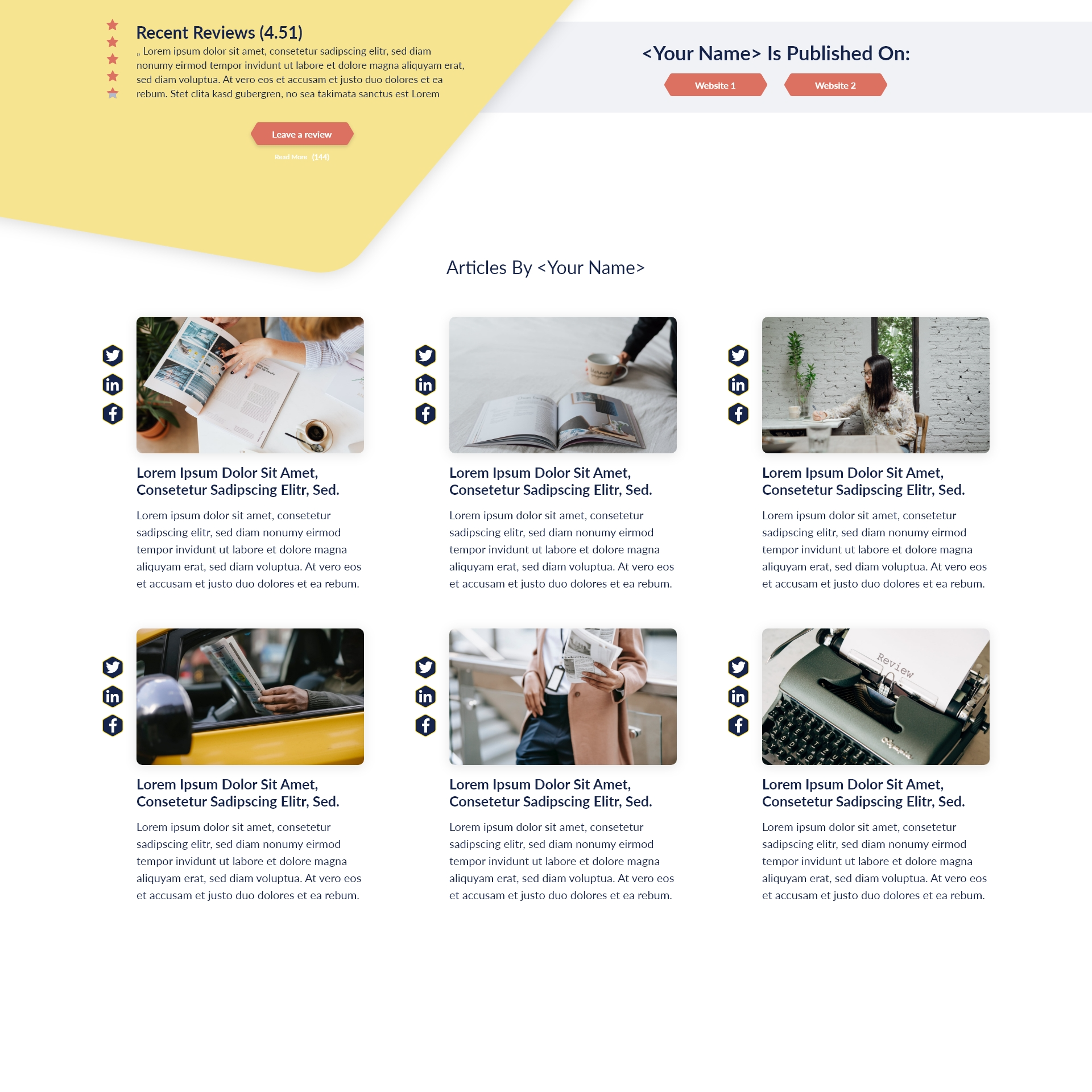Key Takeaways:
- Effective communication and goal-setting practices can significantly enhance team motivation.
- Embracing diverse leadership styles improves overall employee engagement and productivity.
In today’s fast-paced business environment, leaders are constantly challenged to motivate their teams while achieving organizational goals. One critical factor that can significantly influence team motivation is effective goal setting. This article delves into various techniques for goal setting that leaders can utilize to maximize their team’s potential, ensuring both individual and collective success.
Understanding the Importance of Goal Setting
Goal setting serves as the backbone of effective leadership. By establishing clear and achievable objectives, leaders provide direction and purpose to their teams. When team members understand what they are working toward and why it matters, their motivation and engagement naturally increase. Furthermore, a well-articulated goal setting strategy helps to foster accountability and ownership among team members, leading to better performance outcomes.
How to Set SMART Goals
A time-tested method for effective goal setting is the SMART criteria: Specific, Measurable, Achievable, Relevant, and Time-bound. Goals that adhere to these principles enable leaders to create clarity in their objectives, thus enhancing focus and alignment within their teams.
- Specific: Goals should be clear and precise. For example, instead of stating, “Improve sales,” a specific goal would be, “Increase quarterly sales by 15%.”
- Measurable: Establish criteria for measuring progress. Having a measurable goal allows leaders to track success regularly.
- Achievable: Goals should be realistic and attainable, taking into account available resources and limitations.
- Relevant: Goals should align with the team’s direction and the organization’s overall objectives.
- Time-bound: Each goal should have a defined timeline for completion to create a sense of urgency and focus.
By following the SMART framework, leaders can structure their goal-setting process effectively, ensuring that their teams are aligned and focused on the right objectives.
Utilizing OKRs for Enhanced Focus
Objectives and Key Results (OKRs) have gained popularity as a framework for goal setting in many leading organizations. OKRs work by defining a large, qualitative objective paired with several quantitative key results. This approach helps ensure that teams know what success looks like and encourages everyone to pursue common goals. An example might be:
- Objective: Improve customer satisfaction.
- Key Results: Increase customer satisfaction score from 80% to 90%; reduce average response time to customer inquiries from 24 hours to 1 hour.
By adopting OKRs, leaders can enhance focus and drive engagement, as team members can readily see the impact of their work on achieving the larger objective.
Fostering a Collaborative Goal-Setting Environment
While leaders hold the responsibility of setting goals, involving team members in the goal-setting process can significantly enhance motivation. When team members contribute to defining their objectives, they are more likely to feel a sense of ownership and commitment to achieving them.
Encourage open discussions during team meetings about potential goals and solicit input from all team members. This inclusive approach not only increases engagement but also fosters teamwork and builds a collaborative culture.
Emphasizing Continuous Feedback
Leaders should provide continuous feedback related to goal progress. Scheduled check-ins and performance reviews can help employees stay engaged and ensure they are on track. Real-time feedback promotes a culture of open communication, allowing team members to feel supported and motivated to strive for their goals. For instance, recognize achievements in team meetings, celebrating milestones to highlight progress and boost morale.
Navigating Challenges and Unexpected Changes
Despite best efforts, goals may need to evolve due to unforeseen circumstances. Leaders must be adaptive and willing to reassess and reset goals as needed. Regularly reviewing objectives allows teams to stay aligned with changing priorities and organizational missions. Additionally, when team members witness leaders adapting goals in a thoughtful manner, it reinforces resilience and encourages them to embrace change positively.
Celebrating Successes
Don’t forget to celebrate achievements, regardless of size. Recognizing and rewarding goal attainment fosters a positive environment and motivates employees to continue striving for excellence. Consider implementing recognition programs or celebrating collective successes with team activities.
For example, a small team that meets its quarterly objectives might enjoy a team lunch or a small outing, reinforcing the connection between their efforts and the recognition received.
Cultivating an Ongoing Development Mindset
As leaders, it is vital to foster a culture of ongoing personal and professional development. Encourage team members to engage in continuous learning, seek new skills, and take on new challenges. By providing opportunities for development—such as training sessions, workshops, or mentorship—leaders reinforce the importance of growth as a key component of success and motivation.
Conclusion
Effective goal setting plays a pivotal role in motivating team members and driving organizational success. By utilizing structured approaches like SMART criteria or OKRs, allowing collaborative input, providing ongoing feedback, and recognizing achievements, leaders can create a motivated, engaged, and high-performing team. Embracing an adaptable mindset in navigating challenges ensures that teams remain aligned, focused, and inspired to reach their full potential.








